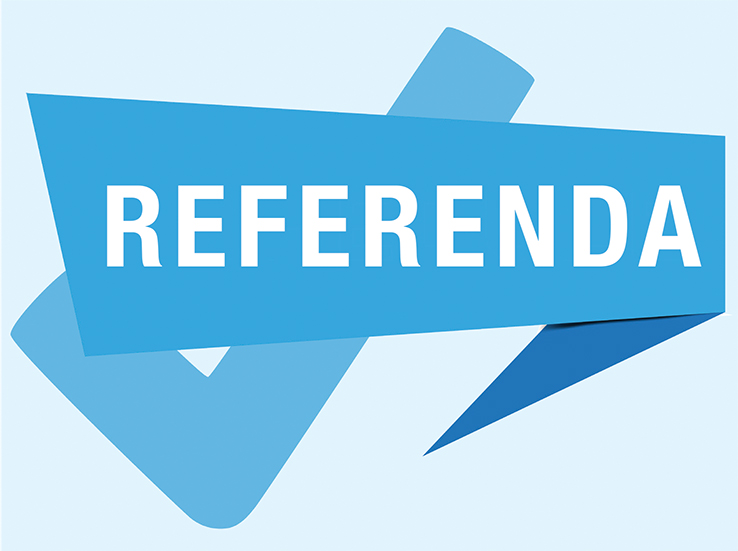Budgets & Funding
The U.S. Department of Commerce’s National Telecommunications and Information Administration (NTIA) on July 24 announced the availability of almost $1 billion in competitive grant funding for programs that “support efforts to achieve digital equity, promote digital inclusion activities, and spur greater adoption and meaningful use of broadband,” according to a notice of funding opportunity posted by the agency. Application materials are available on NTIA’s BroadbandUSA website, and must be submitted through the NTIA Grants Portal by September 23.
JSTOR’s Path to Open pilot project and MIT Press’s Direct to Open program are both demonstrating that open access (OA) monographs are receiving significantly more use and are cited more often than non-open counterparts, according to a recent JSTOR webcast and an impact report released last week by MIT Press.
With only days to go before the May 1 deadline for signatures on House appropriation letters, the American Library Association (ALA) is urging all library supporters to act immediately, using the #FundLibraries campaign tool, to ask their members of Congress to cosign Dear Appropriator letters supporting the Library Services and Technology Act (LSTA) and the Innovative Approaches to Literacy (IAL) program for FY25. ALA’s #FundLibraries page lets users fill out a request to their elected officials, as well as check to see whether their members of Congress have signed on.
Library development deserves to be on par with university and hospital fundraising. Yet many libraries find this work difficult, and few resources exist in the sector to support the professional development needed to be successful. But this is starting to change thanks to the Library Support Network.
On January 30, in response to pressure from Gov. Kay Ivey, the Alabama Public Library Service—the agency that advises and administers funds to the state’s 220 public libraries—announced its official decision not to renew its membership with the American Library Association (ALA). But advocates are urged to look beyond the controversy over ALA to the larger issues in play, notably the growing influence that the state’s elected officials have on library freedoms.
Budgets grew across all areas in 2023, and while it’s too early to predict what those gains bode, the upward trend is largely encouraging.
Most library measures passed in 2023, but the year also saw confusingly worded ballots and little new funding.
The Rural Libraries Endowment, establishedin 2019, has received a substantial boost that is proving to be instrumental in addressing the needs of many rural communities across New Mexico. Originally funded at $1 million, the fund now stands at $28 million, with the addition of $27 million added over four years.
On December 6, Urban Librarians Unite (ULU) announced a $1 million general operating grant from the Andrew W. Mellon Foundation. The four-year grant, made through Mellon’s Public Knowledge program, is the largest ever received by ULU and will allow the grassroots library advocacy organization to expand operations, find other sustainable funding sources, and employ staff.
ALREADY A SUBSCRIBER? LOG IN
We are currently offering this content for free. Sign up now to activate your personal profile, where you can save articles for future viewing









